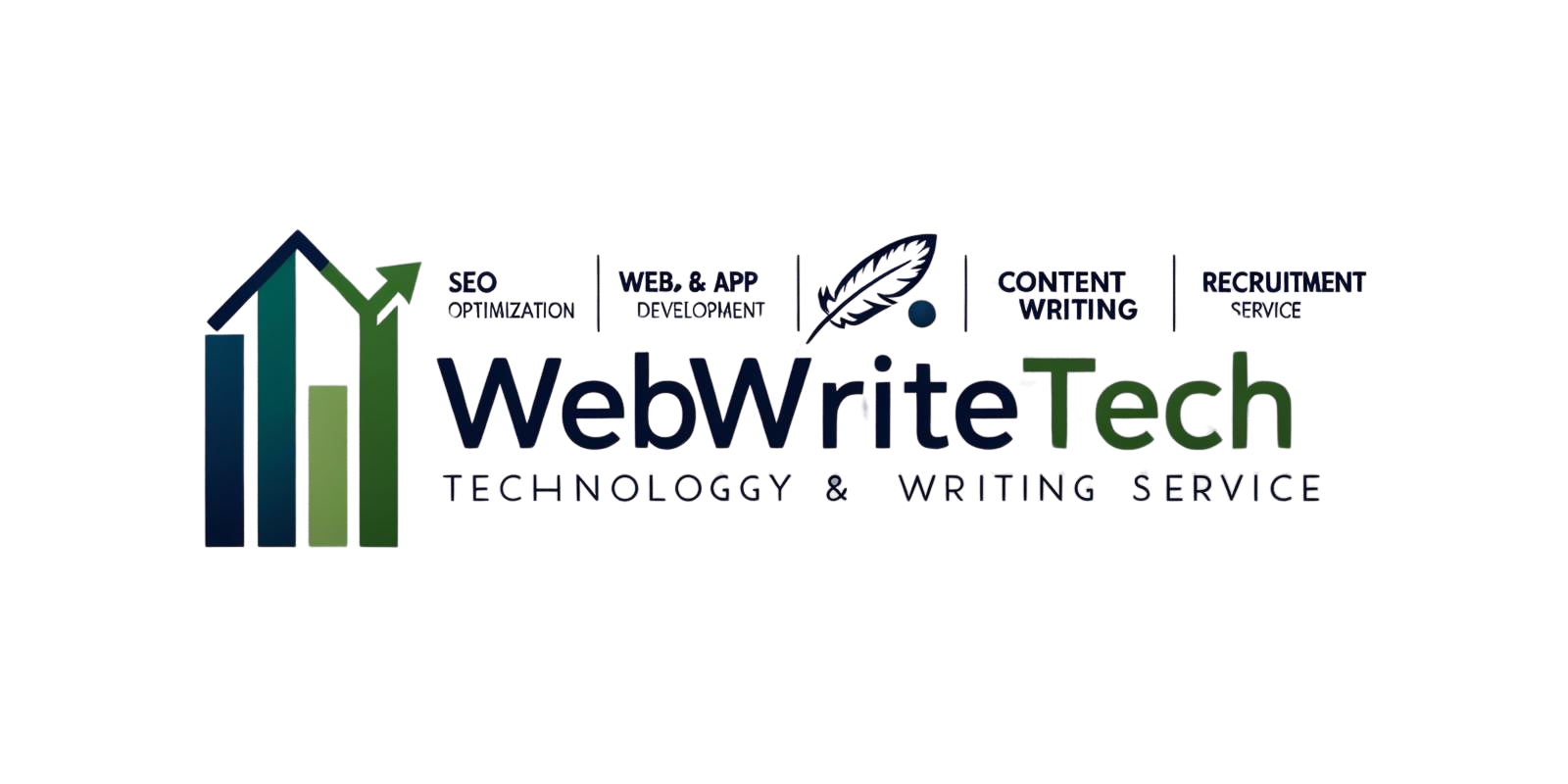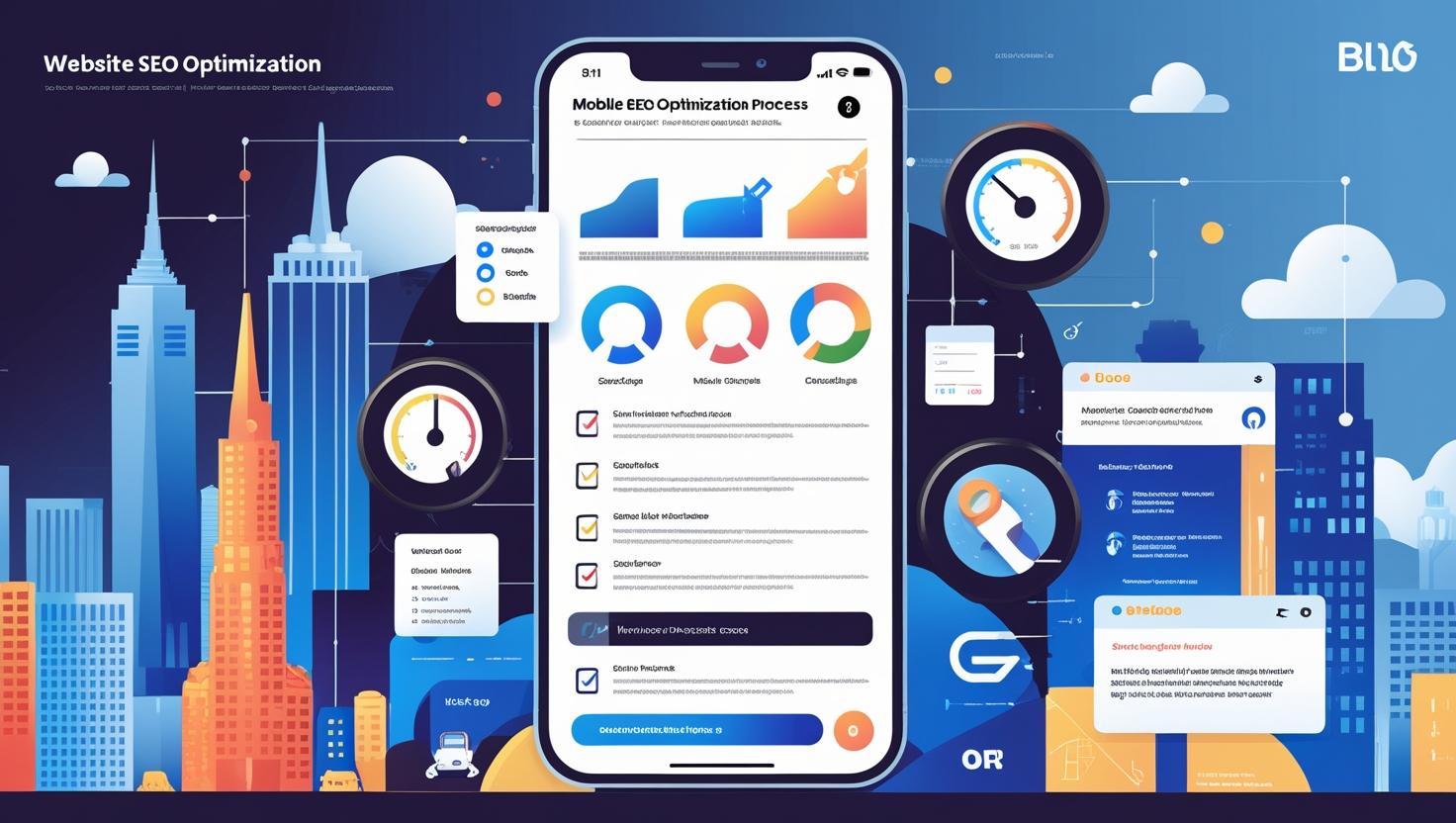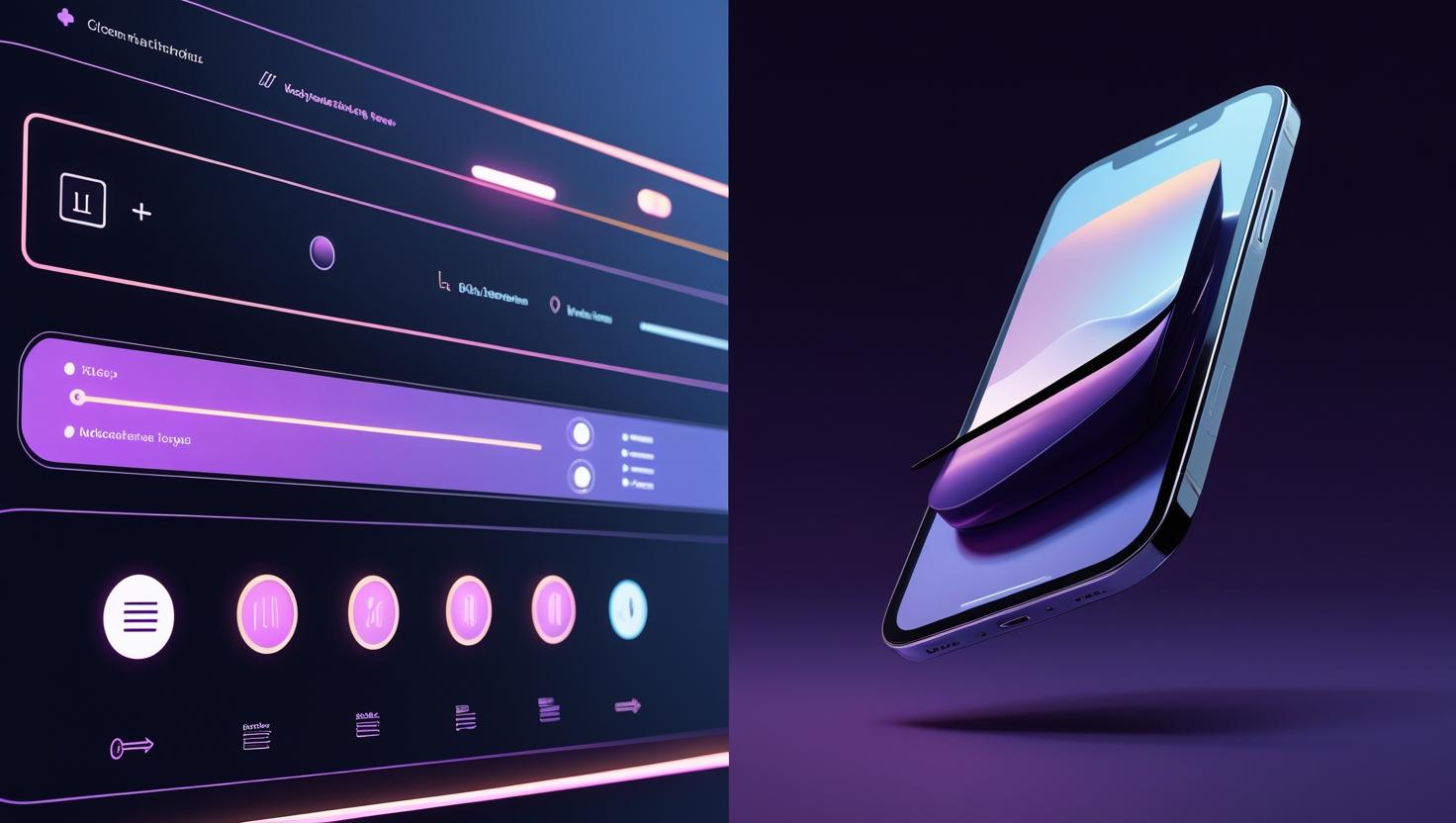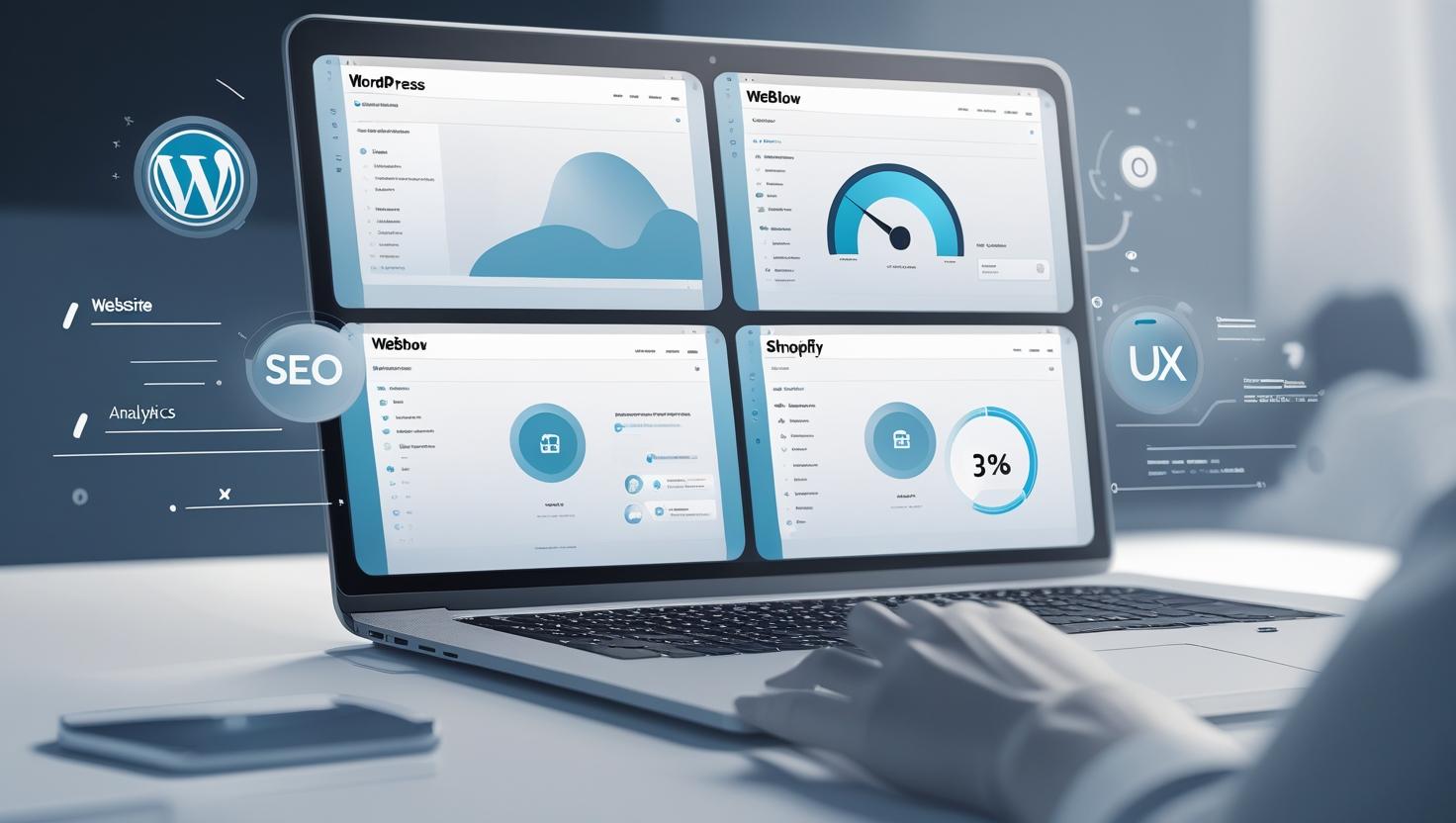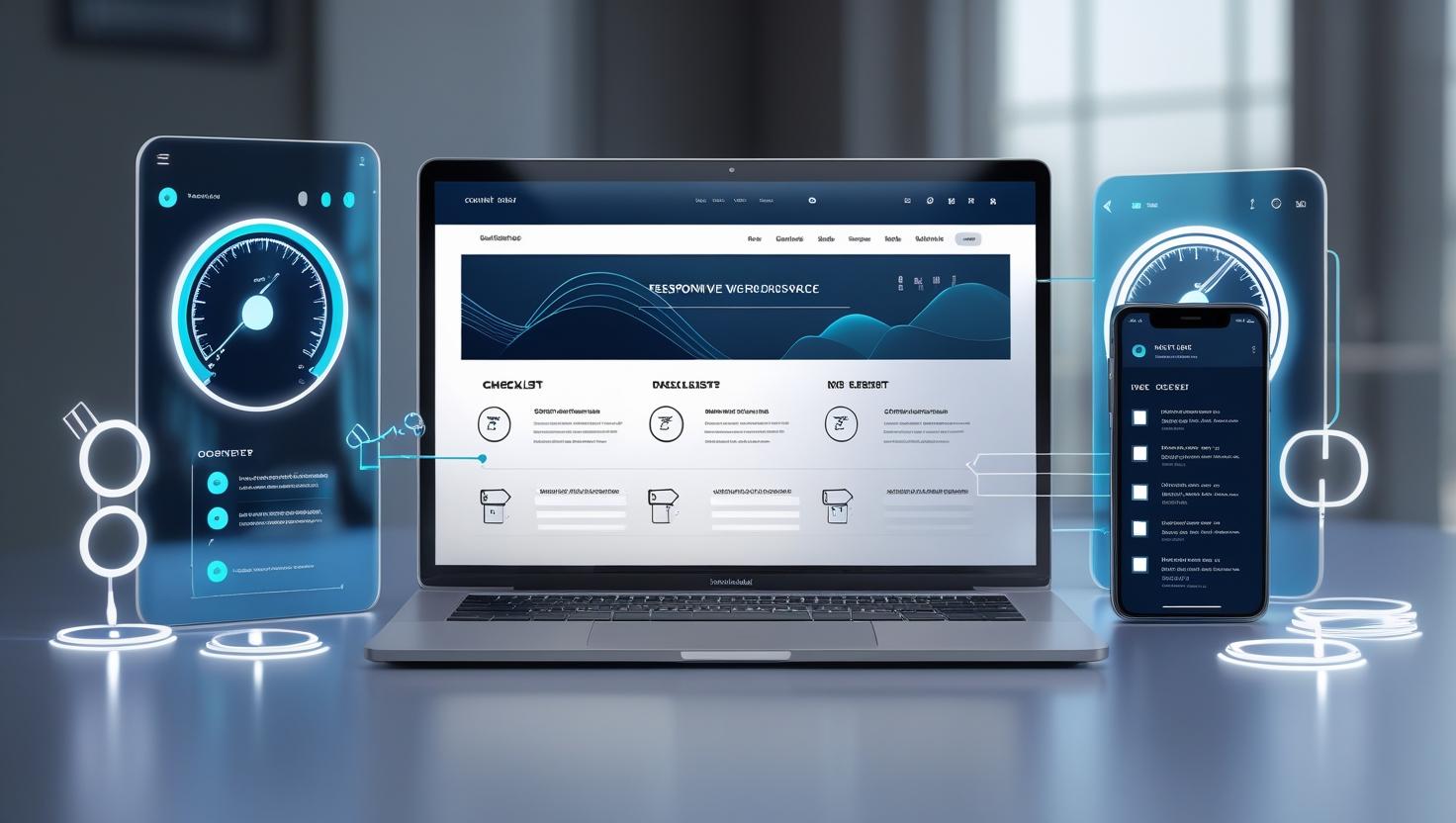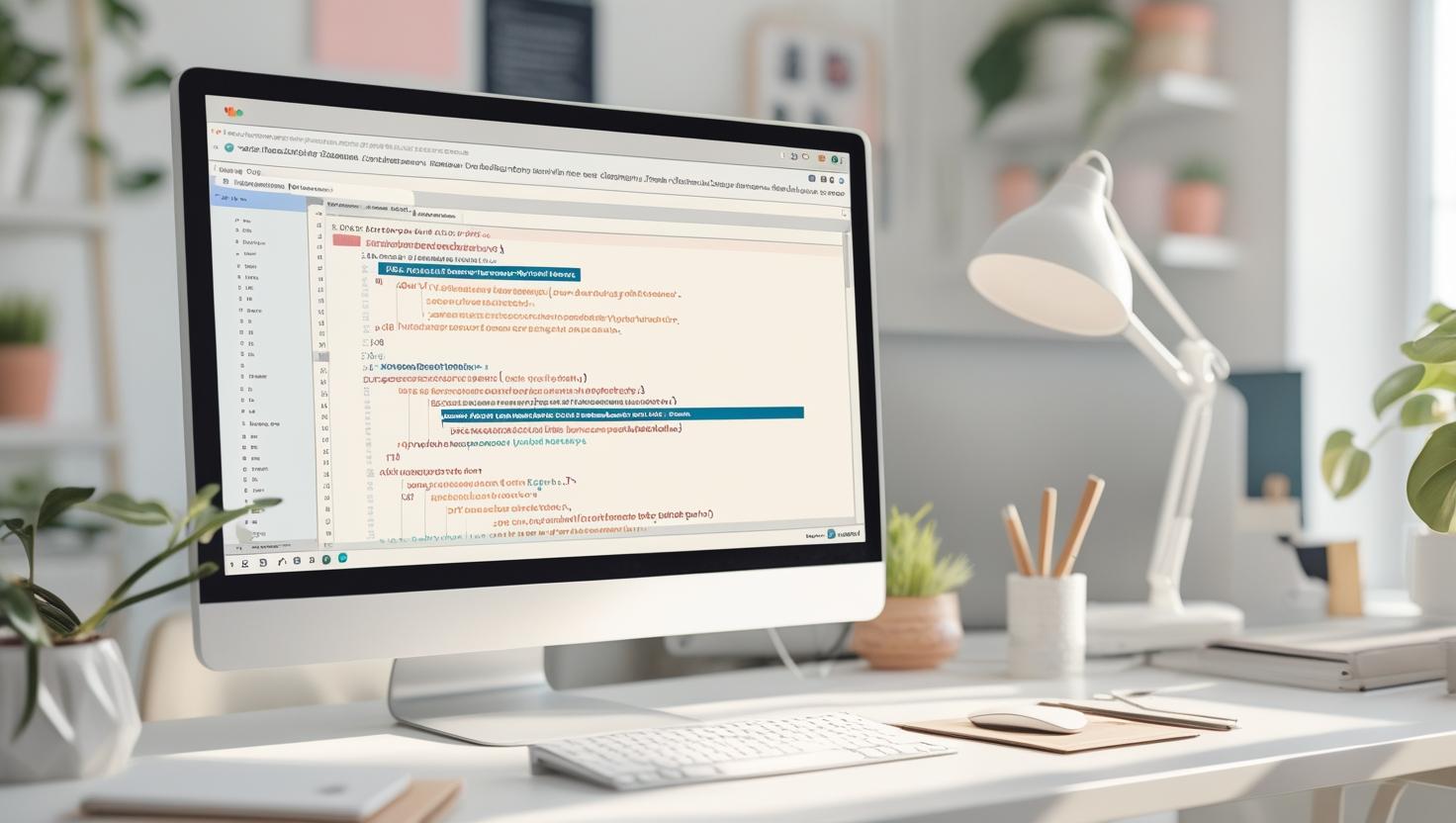
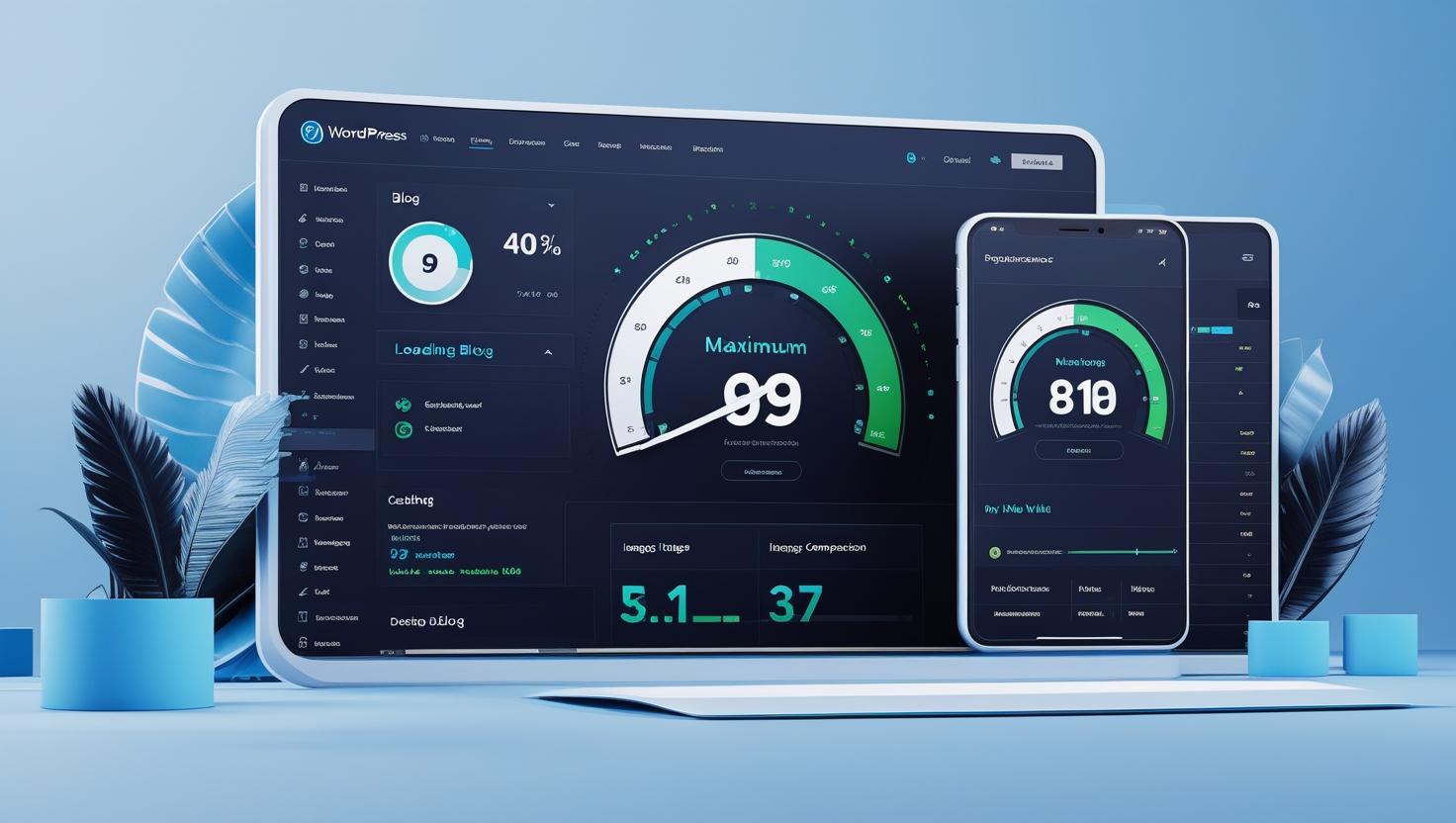
Speed Up Your WordPress Blog Fast (2025 Guide)
Introduction: Why Speed Matters More Than Ever
Have you ever clicked on a blog post only to leave because it took too long to load? You’re not alone — and your visitors feel the same way.
In 2025, site speed isn’t just a nice-to-have; it’s essential for rankings, conversions, and AdSense approval. Google uses loading time and Core Web Vitals as ranking factors, and users demand instant content. If your WordPress blog is slow, it’s leaking traffic, money, and trust.
In this guide, we’ll show you how to speed up your WordPress blog — even if you’re a total beginner. Whether you’re in the USA, Canada, Australia, Norway, or Europe, these tips apply globally.
At Web Write Tech, we’ve helped countless bloggers go from sluggish to lightning-fast with practical, no-code speed optimization strategies.
What Does “Speed Optimization for WordPress” Mean?
Speed optimization for WordPress is the process of improving your site’s performance so it loads faster for users across devices.
This includes improving:
- Page Load Time
- Time to First Byte (TTFB)
- Largest Contentful Paint (LCP)
- Core Web Vitals
A faster site keeps visitors engaged, reduces bounce rate, and increases your blog’s revenue potential.
Step-by-Step Guide to Speed Up Your WordPress Blog
1. Choose Fast-Loading WordPress Themes
Not all themes are built for speed.
Features of a Speed-Optimized Theme:
- Lightweight codebase
- Minimal use of JavaScript
- Mobile responsiveness
- Compatibility with page builders
Top Fast-Loading WordPress Themes:
- GeneratePress
- Astra
- Kadence
- Neve
2. Use a Quality Hosting Provider
Your host is the engine behind your site.
Best Hosting for Fast WordPress Sites:
- SiteGround
- Cloudways
- Kinsta
- WPX Hosting
Look for SSD storage, built-in caching, and global data centers.
3. Install a Caching Plugin
Caching stores static versions of your site to serve faster.
Recommended Caching Plugins:
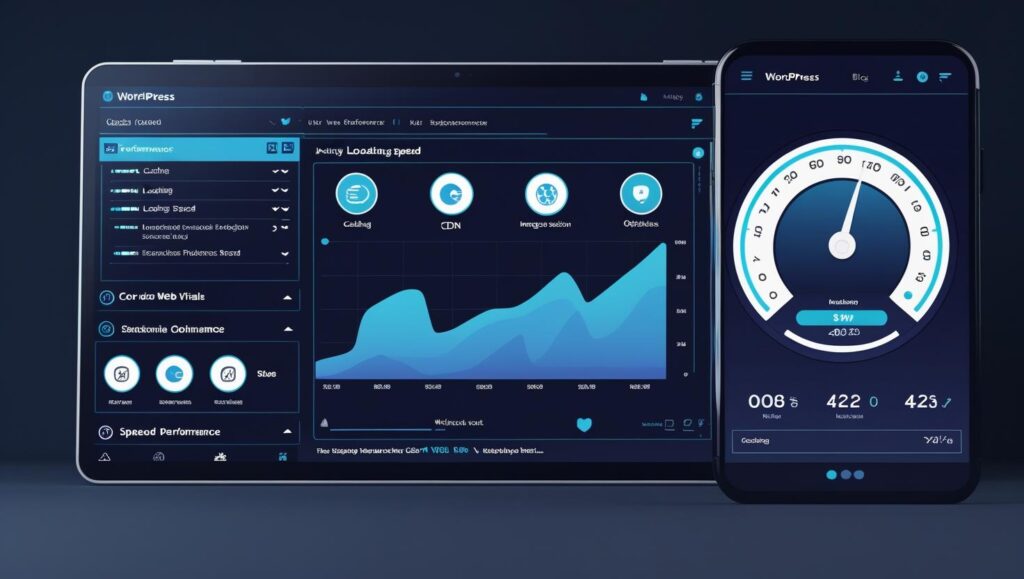
- WP Rocket (premium)
- W3 Total Cache
- LiteSpeed Cache
- WP Fastest Cache
4. Optimize Images for Speed
Large images slow down blogs — always compress before uploading.
Image Optimization in WordPress:
- Use next-gen formats (WebP, AVIF)
- Compress with ShortPixel or TinyPNG
- Resize images to fit screen widths
5. Enable Lazy Loading for Media
Lazy loading delays media loading until it’s needed.
Benefits:
- Faster initial page load
- Better Core Web Vitals
Lazy loading can be enabled in:
- WordPress 5.5+ (native support)
- WP Rocket
- Smush Pro
6. Minify CSS, JavaScript & HTML
Minification removes unnecessary characters and spaces from code.
How to Minify Code Easily:
- Use plugins like Autoptimize or Fast Velocity Minify
- Avoid plugin conflicts by testing thoroughly
7. Use a Content Delivery Network (CDN)
CDNs serve your content from the closest server to the visitor.
Popular CDN Options:
- Cloudflare (free tier available)
- BunnyCDN
- StackPath
- KeyCDN
8. Limit Plugins and Avoid Bloat
Too many plugins = slow performance.
Plugin Management Tips:
- Deactivate and delete unused plugins
- Replace heavy plugins with lightweight alternatives
- Use plugin health check tools
9. Regularly Monitor WordPress Performance
Use tools to stay ahead of performance dips.
Best Tools to Monitor Speed:
- Google PageSpeed Insights
- GTmetrix
- Pingdom
- WebPageTest
Pro tip from Web Write Tech: Monitor your site monthly to catch slowdowns before they impact SEO or revenue.
Common Mistakes That Slow Down WordPress Blogs
- ❌ Uploading uncompressed images
- ❌ Using a slow, outdated theme
- ❌ Skipping caching setup
- ❌ Ignoring mobile optimization
- ❌ Installing too many plugins
- ❌ Avoiding speed audits
Best Tools to Speed Up Your WordPress Blog
- WP Rocket – Premium caching, lazy load, and file optimization
- Smush Pro – Powerful image compression and lazy load
- Cloudflare – Free CDN and DNS performance boost
- ShortPixel – Bulk image optimization with WebP support
- Autoptimize – Minifies and combines CSS/JS
- Google PageSpeed Insights – Measures Core Web Vitals
FAQs: Speed Optimization for WordPress
1. How fast should my WordPress blog load?
Ideally, under 2.5 seconds. Anything above 3 seconds risks high bounce rates.
2. Does speed really impact SEO?
Absolutely. Google uses Core Web Vitals as a ranking factor — speed directly affects visibility.
3. Can I speed up WordPress without coding?
Yes! Most improvements can be done using plugins and simple settings.
4. What’s the best free way to make WordPress faster?
Use a free CDN like Cloudflare, a free caching plugin like LiteSpeed Cache, and compress images.
5. Should I use AMP to improve speed?
AMP is fast but limited in design. Use only if your audience is mobile-heavy and needs instant loads.
6. Will a fast blog help with Google AdSense approval?
Yes! A faster, well-optimized blog improves UX and meets AdSense performance criteria.
Conclusion: Don’t Let Speed Slow You Down
Your WordPress blog could be packed with amazing content — but if it’s slow, readers (and Google) won’t stick around.
Start with small changes like switching themes or compressing images, and work your way up. Tools like WP Rocket, Cloudflare, and ShortPixel make optimization easier than ever.
At Web Write Tech, we help bloggers, creators, and businesses build blazing-fast, SEO-friendly WordPress websites. Ready to take your blog to the next level? Start optimizing today.
✅ What You Should Do Next
- Run a speed audit using Google PageSpeed Insights.
- Install a caching plugin and a CDN.
- Optimize your images and theme.
- Bookmark this blog for regular maintenance.
Need help speeding up your blog? Visit our WordPress Optimization Services or read our guide on Core Web Vitals for Bloggers.
Explorer Web Write Tech
- How to Build a Google-Friendly Website in 2025
- Final Checklist Before Applying for Google AdSense
- ChatGPT Plugins & GPT-4o for Web Agencies
- Top 10 Web Development Mistakes to Avoid in 2025
Written for WebWriteTech.com – Your partner in fast, optimized, Google-approved blogging.
